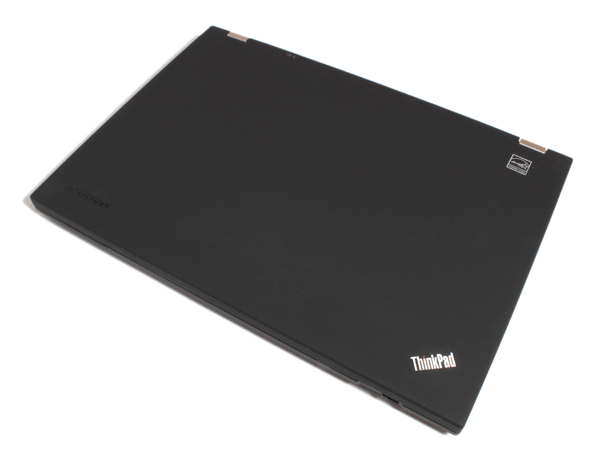Lenovo ThinkPad T400s Notebook Review
When it comes to thin and light notebooks, Apple’s MacBook Air has certainly received a lot of attention. The T400s is only a sliver of an inch thicker than the MacBook Air—0.82 inches versus the Air’s 0.76-inch thickness. However, the T400s is nearly a pound heavier than the Air (3.91 pounds compared to 3 pounds). What’s really important is the value Lenovo provides for the money. While the Lenovo T400s may start with a price tag that is $100 higher than the low-end Air, you’re getting much more of a machine with a faster processor, larger display, and many customization options.

The T400s is a solid notebook that is designed to handle the normal abuses of traveling. To help protect critical system components from accidents or jolts, for example, the T400s uses the ThinkPad Roll Cage. This magnesium alloy frame surrounds internal parts and helps to absorb shocks, reduce failures, and improve durability and reliability. As is the case with most think and light notebooks, we wished the top LCD lid was a bit sturdier in order to prevent flex, but we can’t say that the T400s was any worse than other models we’ve seen.

ThinkPad T400s Roll Cage - adds rigidity and
shock absorption
Like most of Lenovo’s notebooks, the T400s has a matte black finish all around with smooth lines. There’s not a lot of external flare on this notebook, but we have no complaints. The classic design has been a hit with business users for years, so why fix something that isn’t broke?
Upon opening the T400s’ lid, you’ll notice that Lenovo has continued this clean, black look. There are not a lot of stickers or extras on the T400s’ palm rest. You’ll also notice the fingerprint reader and the ThinkPad logo in the lower right corner.
The keyboard on the T400s looks similar to those found on many ThinkPads. Upon further inspection however, you’ll notice Lenovo has made a few improvements to the typical keyboard. For example, the Escape and Delete keys are larger on the T400s than on other models. There’s also separate buttons to mute the microphone and the speakers. Both of these buttons have their own LED indicators. Lenovo has also modified the LED indicators for the Caps Lock key and Power-On button and added LEDs to the fingerprint reader. Finally, Lenovo added a VoIP Fn+F6 Hotkey combination.

Below the keyboard, you’ll find a decent sized TouchPad with left and right click buttons as well as left, right, and middle click buttons that work with the T400s’ trackpoint mouse located between the G, H, and B keys. The touchpad has a dotted textured surface that helps you distinguish it from the flush case that surrounds it. One of the really cool things about the TouchPad is that it supports Multi-Touch functionality, allowing you to use two fingers to zoom, rotate, and scroll.
On either side of the keyboard, you’ll notice the T400s’ speakers. These speakers are twice as loud as those found on the T400. As the VoIP Fn+F6 Hotkey combination alludes, this notebook is well-prepared for VoIP use, thanks to its 2MP webcam, dual digital microphones, and high quality speakers.
The display on the T400s is a 14.1-inch widescreen WXGA+ with a resolution of 1440x900. This screen was very easy to view outside and had very few issues with glare. In addition, viewing angles on this screen were excellent.
On the right side of the notebook, you’ll find a wireless on/off switch as well as the optical drive you’ve chosen for the T400s. Near the back of the right side, there’s a security lock.
On the left side, there’s a USB 2.0 port, combination microphone/audio jack, an optional express card or 5 in 1 card reader, and a ventilation port.
The back of the notebook has most of the ports. Here, you’ll find the AC adapter input, an RJ45 jack, powered USB 2.0 port, eSATA/USO 2.0 combo port, Display port, and the rear thermal fan.













